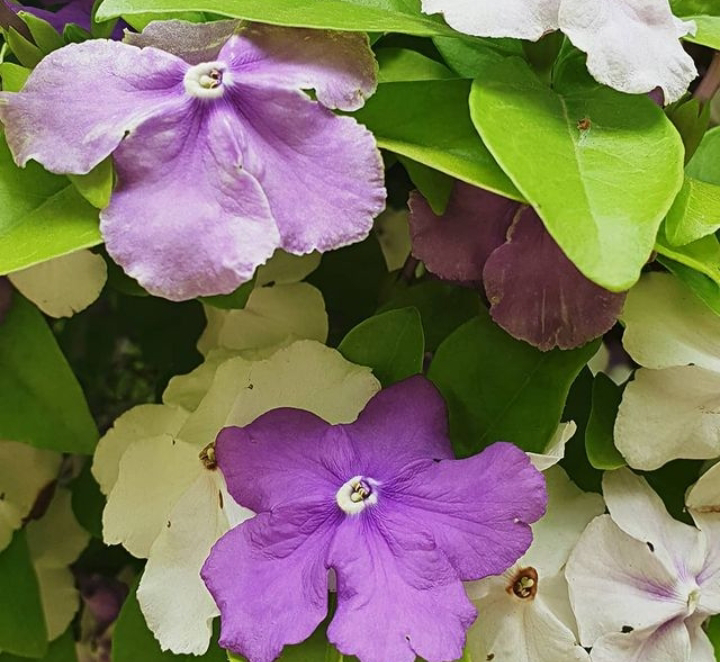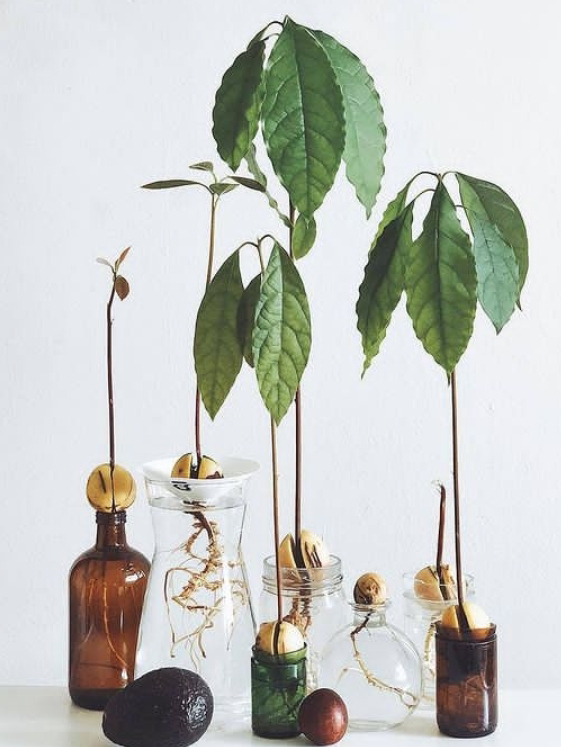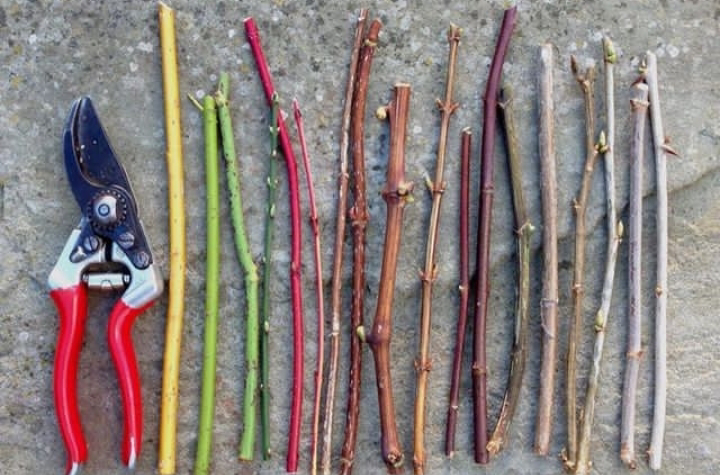One of the most significant advancements in gardening technology is the utilization of smart irrigation systems. Traditional irrigation methods often resulted in water wastage due to imprecise timing and distribution. Smart irrigation systems, equipped with sensors and weather data, now enable precise watering based on actual plant needs and weather conditions. This not only conserves water but also promotes healthier plant growth by preventing over-watering or under-watering.
Drones have also found their place in modern gardening practices. These unmanned aerial vehicles are equipped with high-resolution cameras and sensors that allow gardeners and farmers to monitor crops and landscapes from above. Drones provide invaluable insights into plant health, disease detection, and growth patterns. They can cover large areas quickly, providing timely information that aids in decision-making, leading to more efficient resource allocation and higher yields.
The emergence of indoor gardening technology has reshaped the way we think about cultivating plants in limited spaces. Vertical farming and hydroponic systems have gained popularity, especially in urban environments where land is scarce. These methods rely on controlled environments, LED lighting, and nutrient-rich solutions to support plant growth without soil. Indoor gardening technology allows for year-round cultivation, minimizing the impact of seasonal changes and expanding the possibilities of what can be grown in various climates.
In recent years, the Internet of Things (IoT) has seamlessly merged with gardening through the development of smart gardening devices. These devices, often connected to mobile apps, enable gardeners to monitor and control various parameters remotely. Soil moisture levels, temperature, humidity, and even nutrient levels can be tracked and adjusted in real time. Such devices provide valuable data insights, empowering gardeners to make informed decisions and optimize their gardening efforts for better results.
Biotechnology has also made its mark in the gardening world with the development of genetically modified organisms (GMOs) designed for improved pest resistance, longer shelf life, and enhanced nutritional content. While controversial, these advancements have the potential to address food security concerns and reduce the need for chemical pesticides, contributing to more sustainable agricultural practices.
Artificial intelligence (AI) and machine learning have opened up new avenues for plant identification and disease diagnosis. Mobile apps and platforms utilizing AI can identify plant species from images and offer insights into their care requirements. Machine learning algorithms analyze plant symptoms and patterns to diagnose diseases accurately, enabling timely intervention and reducing crop losses.
Robotics have stepped into the gardening realm as well, performing tasks ranging from planting and weeding to harvesting. These robots are equipped with sensors, cameras, and precise motors that allow them to navigate through fields, identify weeds, and perform tasks with high accuracy. Robotic systems not only alleviate the labor shortage in agriculture but also contribute to more sustainable practices by minimizing the use of herbicides and pesticides.
In conclusion, the integration of new technologies into gardening has transformed the way we interact with plants and landscapes. From smart irrigation systems and drones to indoor gardening techniques and AI-powered solutions, each innovation has brought efficiency, precision, and sustainability to the forefront. As technology continues to evolve, the future of gardening holds the promise of even more groundbreaking advancements that will further redefine our relationship with the natural world.

















































